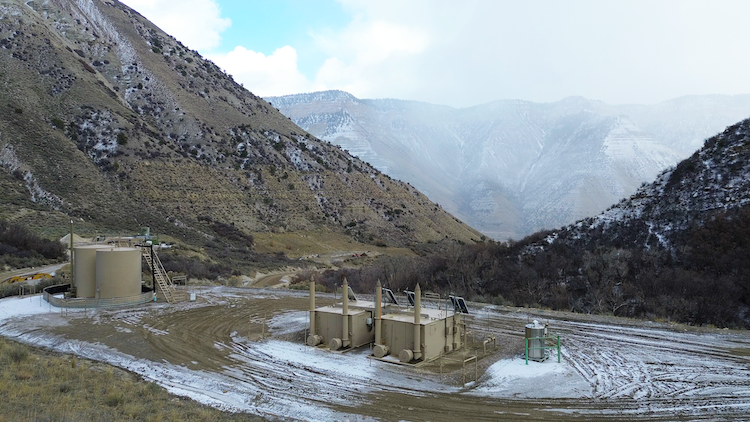
Kathairos has emerged as the leading North American solution for methane elimination from pneumatics, with more than 1,000 systems in operation across North America and over 40 major oil and gas producer partners.
In this post
Canada is rich in natural resources waiting to be harnessed as renewable energy, but this doesn’t mean that the road to a low-carbon future will be easy: all over the country, hundreds of remote and rural off-grid communities still heavily rely on diesel generators.
Over 300 remote communities nationwide are surrounded by the best of what Canada has to offer in terms of natural resources, but many of these communities do not have the infrastructure in place to adopt sustainable forms of energy production. Many of these communities are off the grid and rely heavily on diesel generators, posing a real challenge for Canada's decarbonization goals.
One thing is clear: there must be a nationwide power shift from fossil fuels to renewable sources in order for Canada to meet its ambitious climate reduction goals, but in order for this to happen, there must be considerable changes to the way remote and rural areas power their communities.
So how do we get there, and what do we need to do?
Getting deep into the problem
Here’s the deal: the per capita energy use of fossil fuels in Canada’s northern remote communities is almost twice the national average, due to extremely cold winters that result in overwhelming dependence on diesel-powered generators to provide electricity.
In addition, the transport of diesel to the North is very costly and is sometimes only possible when winter ice roads are favourable. The potential cost of diesel spills also represents a big problem for communities and the environment, on top of the noise and pollution already associated with diesel generators.
With most diesel generators in operation ageing, the time for change is now. But what can be done?
Microgrids and the diesel dilemma
Scientists and engineers at Natural Resources Canada’s CanmetENERGY research centres are currently working with Northern partners to find low-cost renewable energy solutions to address the remote power problem.
”Remote communities do not receive the benefits that 99% of the Canadian population take for granted, such as guaranteed, reliable and affordable electricity,” said Christopher Duschenes, Director, Centre for the North, The Conference Board of Canada. “They rely solely on locally generated electricity, which typically comes from diesel-powered generators. This limits the potential growth of these communities, results in high electricity costs and can have adverse environmental impacts.”
Canada’s remote communities are not typically connected to the large North American electricity network, meaning that they instead depend on small local electrical grids known as microgrids. Traditional microgrids most often use diesel generators to provide constant electricity to remote regions.
The sustainability shift
To reduce their reliance on fossil fuels, remote communities can integrate solar and wind energy generators into these microgrids, along with emerging hydro and biomass technologies.
These technologies save money while also reducing greenhouse gas emissions, representing both an economic and environmental incentive for remote communities to go green. The eventual goal? For microgrids to allow remote communities to manage their energy needs completely using renewable resources.
The added benefits of adopting clean, renewable and sustainable sources of energy include the creation of local jobs that will help in local economic development, and also confer additional community benefits by reducing the environmental and health associated with diesel use.
Sustainable microgrids: the future of remote energy
CanmetENERGY is working on optimizing remote community microgrids so they can integrate the most renewable energy resources possible while ensuring stable operation.
In addition, the Government of Canada is working on reducing the cost of installing renewable technologies and developing standards for the safety and quality of these technologies. The federal government also plans to make investments to maximize diesel and greenhouse gas reductions through the Pan-Canadian Framework (PCF) on Clean Growth and Climate Change.
The PCF commits to reducing GHG emissions by supporting rural and remote communities in their transition toward more secure, affordable and clean energy, by reducing the cost of installing renewable technologies and infrastructure.
Smart microgrids are one of the many technologies that will help make Canada a safer, healthier place, and aid in the nationwide transition to a low-carbon economy. The best part? This is only the beginning.
Explore more posts from Kathairos

How This Game-Changing Partnership is Slashing Methane Emissions at Unprecedented Speed

Winter Freeze-Ups Got You Down? 5 Reasons Why Liquid Nitrogen Will Get You Through the Winter Storm

